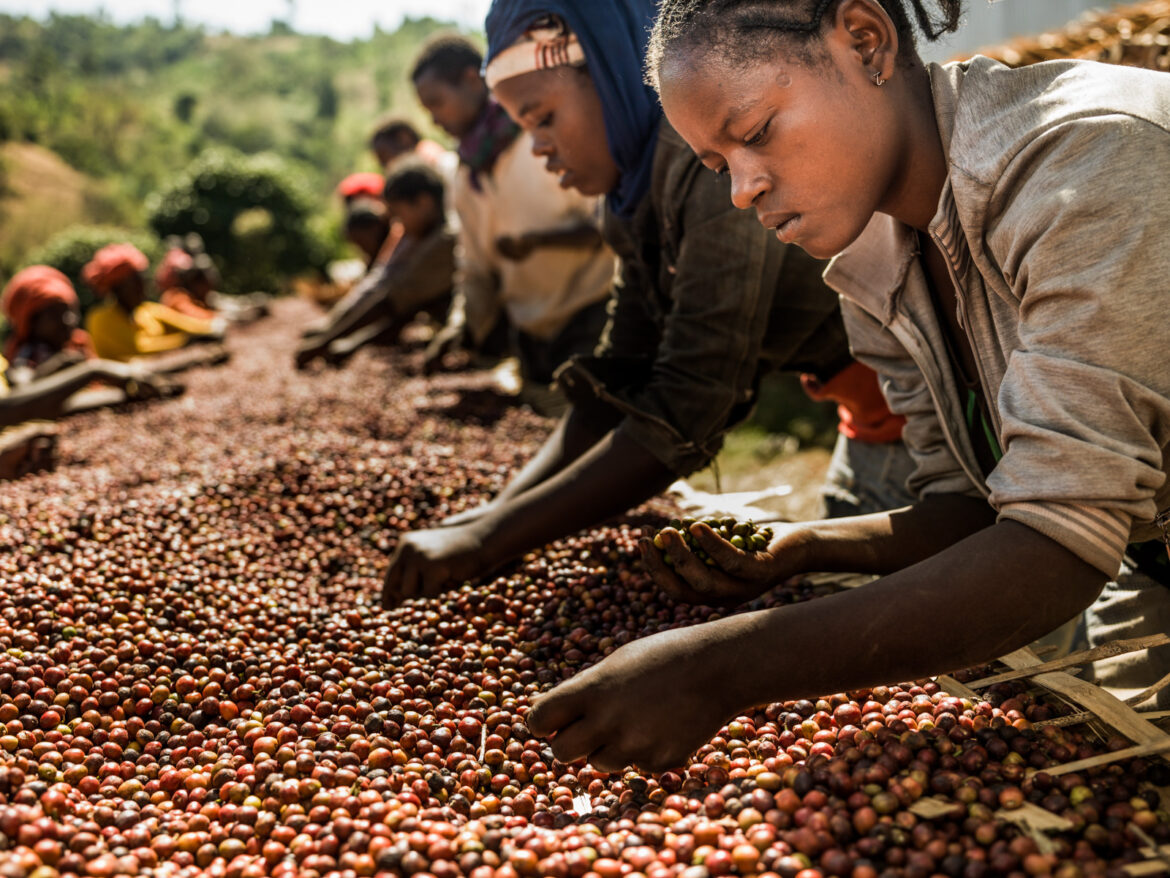Coffee Beans from Colombia vs Ethiopia: Discover the Flavor Battle of the World’s Best Brews
When it comes to coffee, two countries often stand out in the barista’s arsenal: Colombia and Ethiopia. Each country boasts a rich heritage of coffee production and has its unique flavor profile that continues to entice coffee lovers around the globe. But what exactly sets them apart? In this post, we’ll embark on a flavorful journey, diving deep into the characteristics of coffee beans from Colombia versus Ethiopia.
The Origins: A Brief Overview
Before we start the flavor battle, let’s take a moment to appreciate the origins of these esteemed coffee beans. Colombia is synonymous with coffee. Its geographical advantages—including lush mountains, rich volcanic soil, and a perfect climate—make it a prime location for Arabica coffee cultivation. The Colombian Coffee Region, especially the “Coffee Triangle,” produces some of the smoothest and most balanced coffee beans in the world.
On the other hand, Ethiopia is often referred to as the birthplace of coffee. Legend has it that a goat herder named Kaldi discovered coffee when he noticed his goats were particularly energetic after eating coffee berries. Ethiopian coffee beans are typically wild and varied, with a multitude of varieties and processing methods that contribute to their distinctive profiles.
Flavor Profiles: Colombian Beans
When you sip coffee brewed from Colombian beans, you are likely to encounter a well-balanced flavor with sweet, fruity undertones and a delightful acidity. The most common tasting notes include caramel, chocolate, and a hint of nuttiness. Colombian coffees are often characterized by their medium body and crisp finish, making them incredibly enjoyable both black or with milk.
The growing methods in Colombia also play a crucial role in shaping the flavor profile. Many Colombian farmers practice a method known as “washing,” where beans are fermented, washed, and dried. This process highlights the coffee’s inherent sweetness and minimizes any undesirable bitterness.
Flavor Profiles: Ethiopian Beans
Ethiopian coffee, however, presents a whole new world of flavors. It is primarily cultivated at elevations higher than those in Colombia, allowing for a slow maturation of the coffee cherries. This results in a complex flavor profile that often showcases bright acidity along with floral notes, berry undertones, and a deliciously fruity finish.
Ethiopian coffees are often processed using the “natural” method, where cherries are dried in the sun with the fruit still intact. This leads to a wine-like quality that many coffee aficionados adore. Common tasting notes from Ethiopian coffee include jasmine, berry, and even a hint of spices, which is a stark contrast to the smoother, more chocolatey taste of Colombian beans.
Coffee Beans from Colombia vs Ethiopia: Brewing Methods
The way you brew your coffee can significantly change the way these flavor profiles are expressed. Colombian coffee is versatile and performs well across various brewing methods. It shines in espresso, pour-over, and French press styles, allowing for a full-bodied experience that can adapt to your preferences.
Ethiopian coffee, thanks to its complex and rich flavors, often thrives in pour-over and French press methods as well. However, many coffee aficionados prefer using the Chemex or Aeropress to extract the subtleties present in Ethiopian brews. These methods allow the floral and fruity notes to shine through, offering a delightful sensory experience.
Coffee Culture in Colombia and Ethiopia
Of course, the experience of drinking coffee extends beyond its taste; it’s also about culture. In Colombia, coffee is not just a beverage; it’s a significant part of the national identity. The country celebrates its Café culture with events like the National Coffee Festival. Coffee is traditionally served black, with sugar, or combined with arequipe (a kind of caramel spread) for those with a sweet tooth.
In contrast, Ethiopian coffee ceremonies are a deeply ingrained cultural practice where the coffee is freshly roasted, ground, and brewed in front of guests. This elaborate ritual emphasizes community, connection, and appreciation for the craft of coffee-making.
FAQs
1. Why are Colombian and Ethiopian coffee beans different?
Colombian coffee is known for its smooth, balanced flavors with sweet and nutty undertones, while Ethiopian coffee is characterized by its vibrant acidity and fruity or floral notes. The difference primarily lies in the geography, climate, and processing methods of the beans.
2. Can you mix Colombian and Ethiopian coffee?
While you can mix beans from both origins to create unique blends, it’s essential to understand the flavor profiles. Mixing them can lead to an interesting combination but may also obscure the distinct characteristics that each region offers.
3. What brewing method is best for Colombian coffee?
Colombian coffee typically performs well in various brewing methods, including espresso, pour-over, and French press. The brewing method you choose may depend on your taste preference and the specific flavor notes you wish to highlight.
4. What are some recommended brands of Colombian and Ethiopian coffee?
Some popular Colombian brands include Juan Valdez Coffee and Cafecito. For Ethiopian coffee, brands like Stumptown Coffee Roasters and Counter Culture Coffee are highly recommended.
5. Is it worth exploring both origins?
Absolutely! Exploring coffee beans from Colombia vs Ethiopia is not just about choosing one over the other; it’s about appreciating the rich diversity of flavors each has to offer. Your palate will benefit from experiencing both.
Conclusion
Coffee beans from Colombia vs Ethiopia: Discover the Flavor Battle of the World’s Best Brews isn’t just a phrase; it’s an invitation to explore the intricate world of coffee. From the smooth, well-rounded flavor of Colombian coffee to the vibrant bursts of acidity found in Ethiopian beans, each cup tells a story of its origin, culture, and craftsmanship. Whether you enjoy one more than the other or love them both, the world of coffee is a beautiful journey waiting to be savored. So, brew a cup, sit back, and appreciate the flavors, aromas, and the rich traditions that accompany each sip. Happy brewing!


